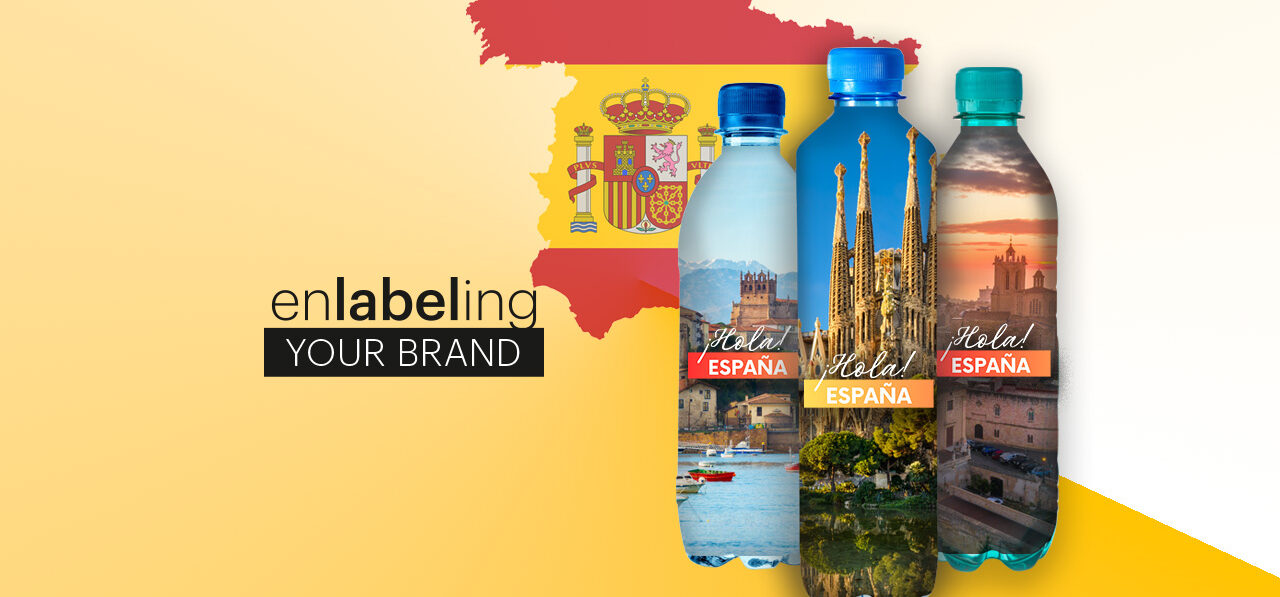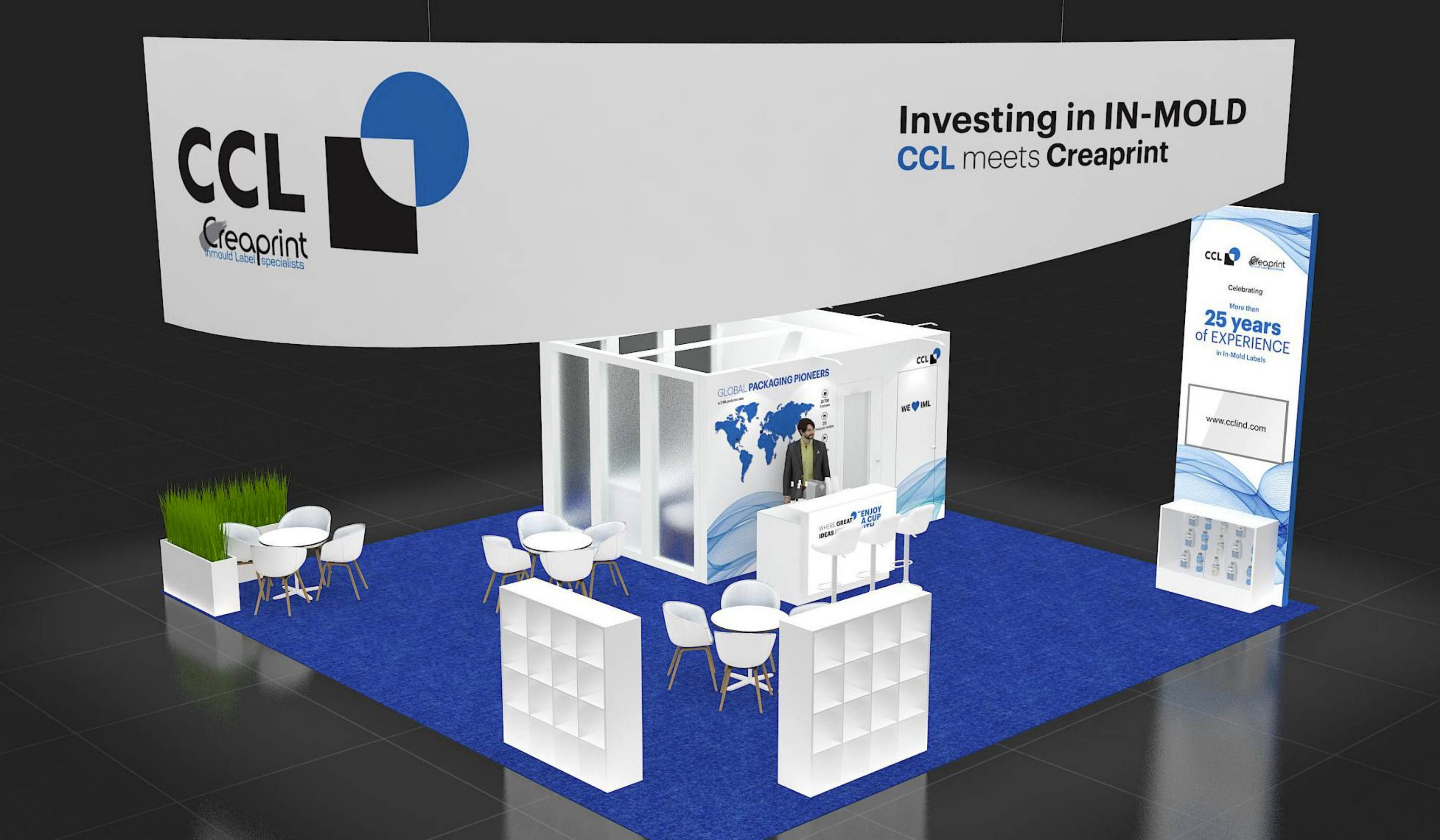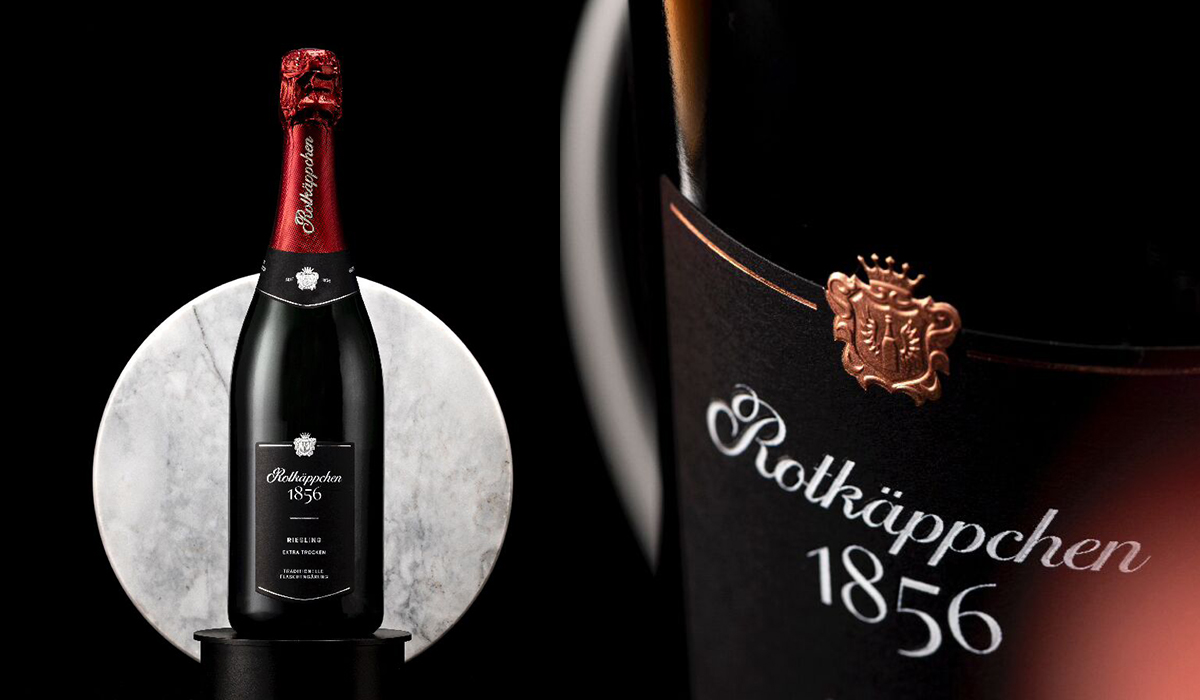Enlabeling Sustainability – the Packaging and Packaging Waste Regulation (PPWR) unpacked
The Packaging and Packaging Waste Regulation is in full swing and has been keeping the packaging industry busy. So, what does the legislation future have in store for labels and our customers? How can labels support the envisioned circular economy and help customers comply with the European law?
Not everything has been decided, yet, but we attempt a look from were we stand today: which effect would PPWR have on label materials?

Let’s have a look at the different areas of the PPWR:
- All packaging has to be recyclable by 2030
The PPWR wants to hamonize packaging recyclability through mandatory Design for Recycling (DfR) guidelines. These will list requirements for various packaging formats: (Annex II of the PPWR). This means that brands will have to adhere tot he Design for Recycling guidelines. It is expeced that these will look a lot like the pan-European DfR guidelines of RecyClass that already exist today. CCL has a portfolio of labels and sleeves that support recycling and are located in the green zone oft he guidelines – they are approved for recycling. Examples are EcoStream, EcoFloat and Stretch Sleeves.
Important: The label will be an integrated component of the packaging. The overall packaging will be assessed for recyclability, not the label itself.
- Overall reduction of packaging waste: There are reduction targets of 5% for packaging waste and 10% for plastic waste by 2030 mentioned in PPWR. The goal is to avoid unneccessary packaging and to reduce the volume of the overall packaging to an absolute minimum. CCL offers premium liquid pouches that use minimal packaging material in relation to the content they pack.
- Targets for reusable and refillable packaging: PPWR is looking to set specific targets for reusable and refillable systems but these are still being discussed. To pick one example For example, the European Commission has proposed targets of 10% reusable by 2030 and 35% by 2040 for non-alcoholic beverage bottles – that are sodas, water, etc. A label can support this target in several ways. Firstly we have the WashOff labels in the market that support the reuse of glass and PET bottles – with a proven track-record. They easily detach in industrial cleaning facilities and the ink and adhesives remain on the label, making it an ideal solution. Secondly the combination between n RfID or NFC can support the logistics of a returnable system (see here the example of the introduction of reusable table ware at McDonald‘s in France: McDonald’s France deploys Checkpoint Systems’ RFID with the introduction of reusable tableware RFID technology – Checkpoint Systems UK – Retail Technology Solutions.
In order to introduce a returnable bottle system based on a deposit, there needs to be a logo printed on the packaging that identifies the bottle as belonging to this scheme. CCL is licenced and certified by multiple DRS systems in several countries and has a lot of expertise with printing these logos with special ink. Last but not least CCL offers Labels that can withstand multiple wash cycles – if the aim is to keep the label on the bottle.
- Plastic parts in packaging: recycled content targets
These targets are also still under discussion. It looks like different targets will apply to contact sensitive packaging (such as for pharmaceutical applications), PET packaging (except beverage bottles), and non-contact sensitive packaging. More specifics to come. This means that brand customers will have to meet these proposed targets – from a label perspective this can be achieved by using a filmic or paper label that has a certain percentage of recycled content in it – although the use of recycled content in a label is not mandatory. Including more recycled content in label substrates is already possible and an ongoing innovation project – the aim of Innovia for example is to be able to provide mechanically recycled film for labels and packaging on a large scale. The focus will be on post-consumer rather than post-industrial.
- Extended producer responsibility (EPR) schemes: The PPWR aims to harmonize EPR systems across Europe. EPR is the fee that brands have to pay for placing packaging on the market to cover the waste management. Although EPR exists in many European countries the schemes are very different and are going to be the same.
An important element of a harmonized EPR scheme is the introduction of ecomodulation. Basically brands can save money on EPR if they design their packaging so that it is reycled. If they continue to place packaging on the market that is non-recyclable, they will have to pay an upcharge. To avoid this, packaging can be designed according to the Design for recyling guidelines, utilizing our sustainable product family, that is in the green zone and enables recyling.

What is next?
The timetable below lists a few milestones we all can look forward to:

2027
The Design for Recycling guidelines will have to be finished and the mandatory EPR systems will become ecomodulated. Brands no longer pay for weight but according to recyclability.

2030
Packaging must comply with Design for Recycling criteria (defined for “recyclable” only) and the first wave of reuse targets. Each packaging will receive a score from A-E…E cannot be placed on the EU market

2035
All packaging placed on the EU market must be collected, sorted and recycled. Packaging must be “recyclable at scale”
Further reading:
- Official Homepage of European Commission: Proposal Packaging and Packaging Waste – European Commission (europa.eu)
- The Position of Plastics Europe (Association): Recommendations on the Packaging and Packaging Waste Regulation (PPWR) • Plastics Europe
- Critical reaction of Packaging industry. Packaging industry unites against PPWR’s ‘state-run producer responsibility organizations’ in joint statement | Packaging Europe



